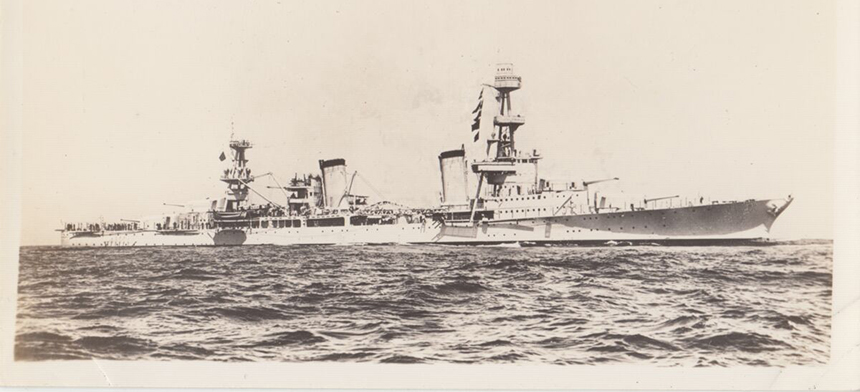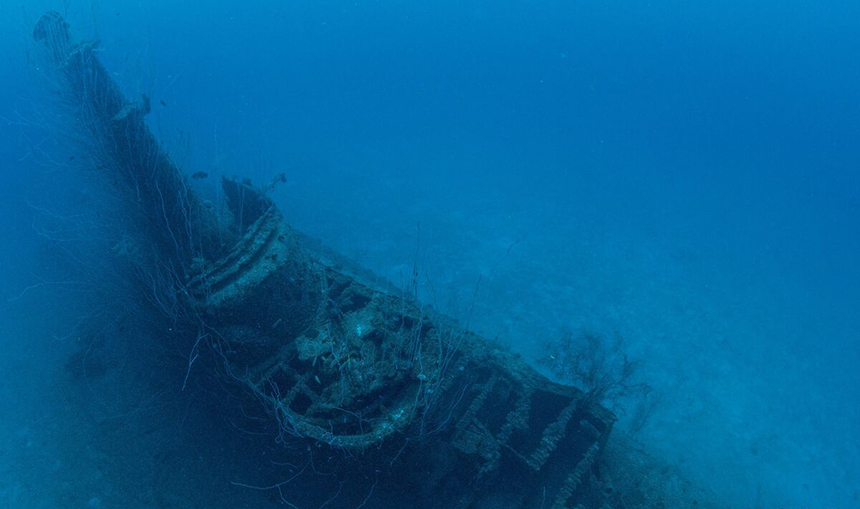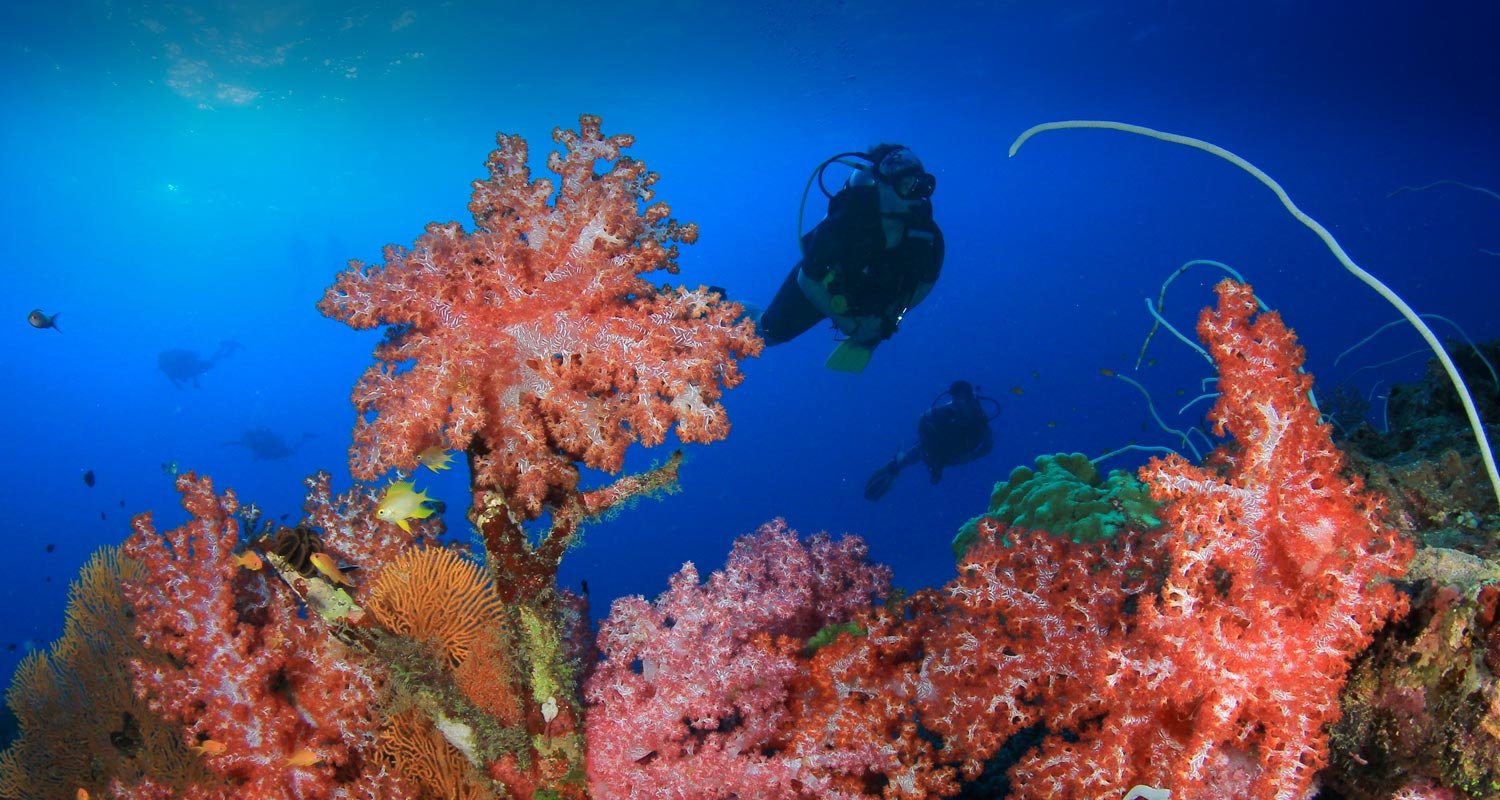Many of Master Liveaboard’s destinations have at least a wreck or two on their itineraries. Some are civilian wrecks such as ferries or cargo ships. But many are wrecks from the WWII era. But what is the difference between a destroyer and cruiser? What one earth is a frigate? Well, we are here to help. Read on to learn the 1, 2, 3’s of warship terminology.
What Is A Warship?
Since the creation of the first wooden ships, governing the oceans and seas has been crucial for a country’s development. Navies have allowed many nations to establish fast trade routes between territories far and wide. Among the European countries, Spain was the first naval power, then United Kingdom.
At the beginning of World War II, England dominated the Atlantic and North Sea waters. this allowed great commercial and supply routes with the United States. However, Germany decided to challenge the UK’s maritime supremacy. So began a naval arms race to develop the largest and most powerful ships. By necessity, the USA and Japan also entered in this competition.
By the middle of the 20th century, battleships and aircraft carriers were the pride of every armada. Besides these, the great maritime powers had destroyers for the attack of coastal zones and naval war.
Basically, ”warships” are ships built primarily for naval warfare. Designed to withstand damage from an attack, they are usually fast and easy to maneuver. They also typically carry only weapons, ammunition, and supplies for the crew.
As wreck divers, it’s always useful to understand the type of shipwreck we are diving and its purpose during a war. Below are some of the main warship categories.
Aircraft Carriers
Equipped with a full length flight deck, aircraft carriers are, as the name suggests, naval vessels with the ability to deploy and recover aircraft. They are critical military assets as they allow naval forces to project air power without the need of a land base.
Since their inception at the beginning of the 20th century, aircraft carriers have developed around the type of aircraft they are able to carry. From wooden ships used to deploy balloons to nuclear-powered warships that carry strike aircraft, fighter planes, as well as helicopters, and more.

Obviously, the length of a flight deck is always limited on a boat. To cater for this, airspeed over the deck is increased by turning the ship into the wind. Steam catapults, flush with the flight deck, also helps in launching aircraft. For landing, retractable hooks hang from aircraft and engage transverse wires on the deck, braking them to a quick stop.
There are very few diveable aircraft carrier wrecks in the world. USS Saratoga, in Bikini Atoll, is generally considered to be the best one.
Battleships
Many people assume that in warship terminology, ‘battleships’ are simply any warships. However, they are only the largest and most heavily armed of all warships.
The first true warships, or ‘man-of war’ as they were known, appeared in the 16th century. These developed into ironclad warships from the 19th century. Finally, the mighty dreadnoughts in the 20th century were the largest incarnation.

Battleships were a symbol of naval dominance. They were a major factor in both diplomacy and military strategy for decades. However, their value started to be questioned when torpedoes, naval mines, and guided missiles highlighted weaknesses in WWII. This resulted in the replacement of battleships by aircraft carriers as the leading capital ships of naval forces
Cruisers
Cruisers are warships with multiple roles. The main being to cruise the world and show the flag. They represent the overwhelming force that can be brought to bear far from home. They are ships that can operate independently, to interdict enemy commerce and to protect the battle line against enemy scout cruisers.
Because of the different roles of cruisers, there are several distinct types:
- Protected cruisers had an armoured deck. This offered protection for vital machine parts from exploding shells from above
- Armoured cruisers had a belt armour made out of thick iron or steel on much of the hull. this protected the ship from direct shellfire
- Light cruisers are mainly scout cruisers, intended to operate far in front of the battle line. Their main task is to locate the enemy and report its position. They also patrol lines of commerce against raiders.

During WWII, cruisers became bigger and so were considered capital ships in the fleet. As true battleships became obsolete, cruisers became the largest and most powerful warships, after the aircraft carriers.
Destroyers
Destroyers are fast, high endurance warships, built to escort larger vessels. Their job is to protect these larger ships against smaller powerful short range attackers, such as torpedo boats and submarines.
Nowadays, they are the largest surface combatants in operation with most navies. In the 19th century, they were considered ‘light’ vessels, with little endurance for unattended ocean operations.
Frigates

A frigate’s primary task is to operate in naval and anti-submarine warfare missions. They often have systems that will allow them to act as support vessels on other missions. Unlike all the other vessel types previously mentioned, their name does not make it obvious what they do. Warship terminology within warship terminology, so to speak.
The term frigate was in use prior to steam navigation and steel armoured ships of the second half of the 19th century. In the 18th century, a frigate was a lighter sailing boat than the line of battleships. The mission of frigates was to patrol and escort, carrying at least 28 guns. These principle armaments were on a single deck, while larger warships had two or more continuous decks bearing batteries of guns.
The term ‘frigate’ fell out of use in the last third of the 19th century. But in World War II, it came back into use with the introduction of ships too small to be classed as destroyers. This was mainly because destroyers were increasing in size and assumed more roles. During this era, the main task of frigates has been in fighting against submarines.
Submarines
First designed as far back as the 17th century, submarines are crewed vessels capable of independent operation underwater. While they had existed in various forms previously, submarines were first widely used during World War I.
Their main military duty has always been to attack enemy ships, submarines, and territories. On top of this they have often provided aircraft carrier protection, inserted covert forces behind enemy lines and have performed blockade running. As times have changed, ballistic missile submarines have become an integral part of any nuclear strike force.
Most large submarines are made up of a cylindrical body, with hemispherical ends. The ‘conning tower’ is then usually located towards the centre, housing communications and sensing devices, as well as periscopes.

Submarines range in size from small autonomous examples and one or two-person vessels that operate for a few hours, all the way to vessels that can remain submerged for up to six months.
Brush Up On Your Warship Terminology
Take the ultimate trip to make the most of your knowledge of warship terminology. You can explore most of the above types of warships in Truk Lagoon and Bikini Atoll with Master Liveaboards.
Header image from the Vintage collection of David Giacomini



